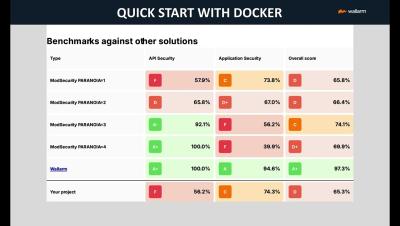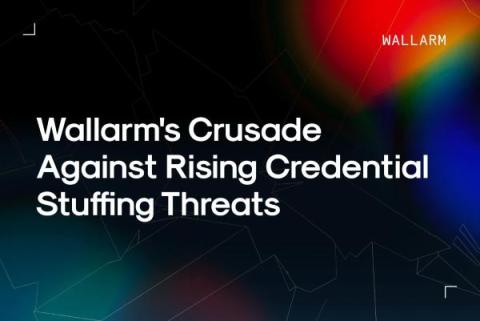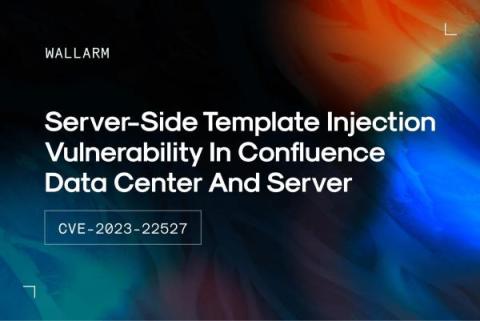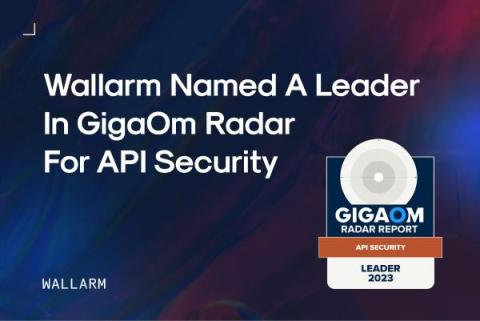GoTestWAF - Quick start with Docker and PDF report
GoTestWAF is a tool for API and OWASP attack simulation that supports a wide range of API protocols including REST, GraphQL, gRPC, WebSockets, SOAP, XMLRPC, and others. It was designed to evaluate web application security solutions, such as API security proxies, Web Application Firewalls, IPS, API gateways, and others.











